Reloading Safety Tips
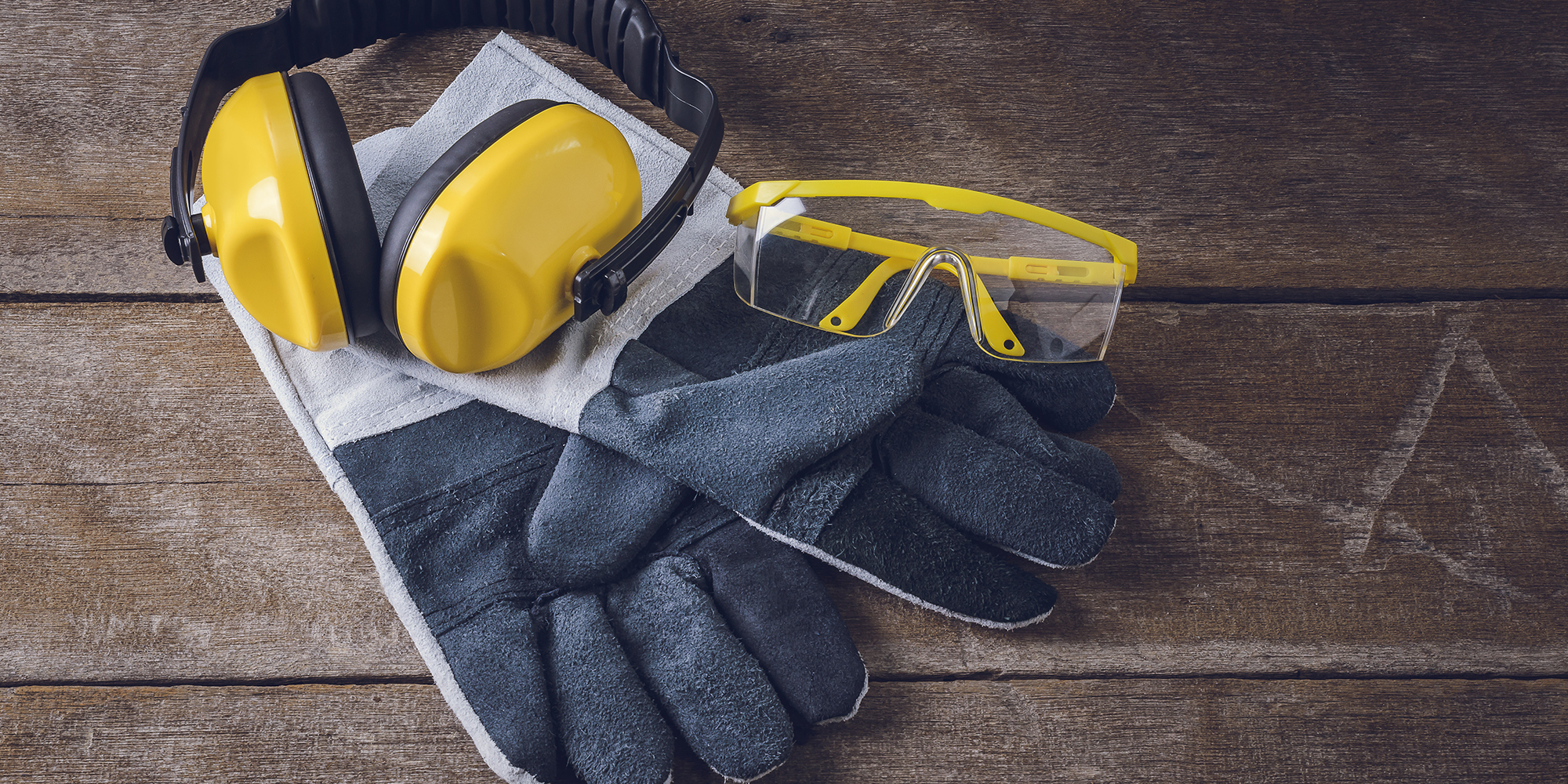
Contrary to popular belief, reloading ammo is a fairly straightforward process that doesn’t require any special skills. If you can read, comprehend, and follow directions, that’s all you need to reload ammunition.
With that said, there are some basic safety procedures and rules that you do need to know. These will help mitigate and avoid risks, making ammo loading a perfectly safe activity.
These procedures help prevent accidents in both the reloading process and when you’re out on the shooting range. Failing to follow these rules can result in serious personal injury and property damage.
We suggest pairing this guide with the manufacturer’s user instructions before reloading your ammo.
1. Wear Safety Glasses
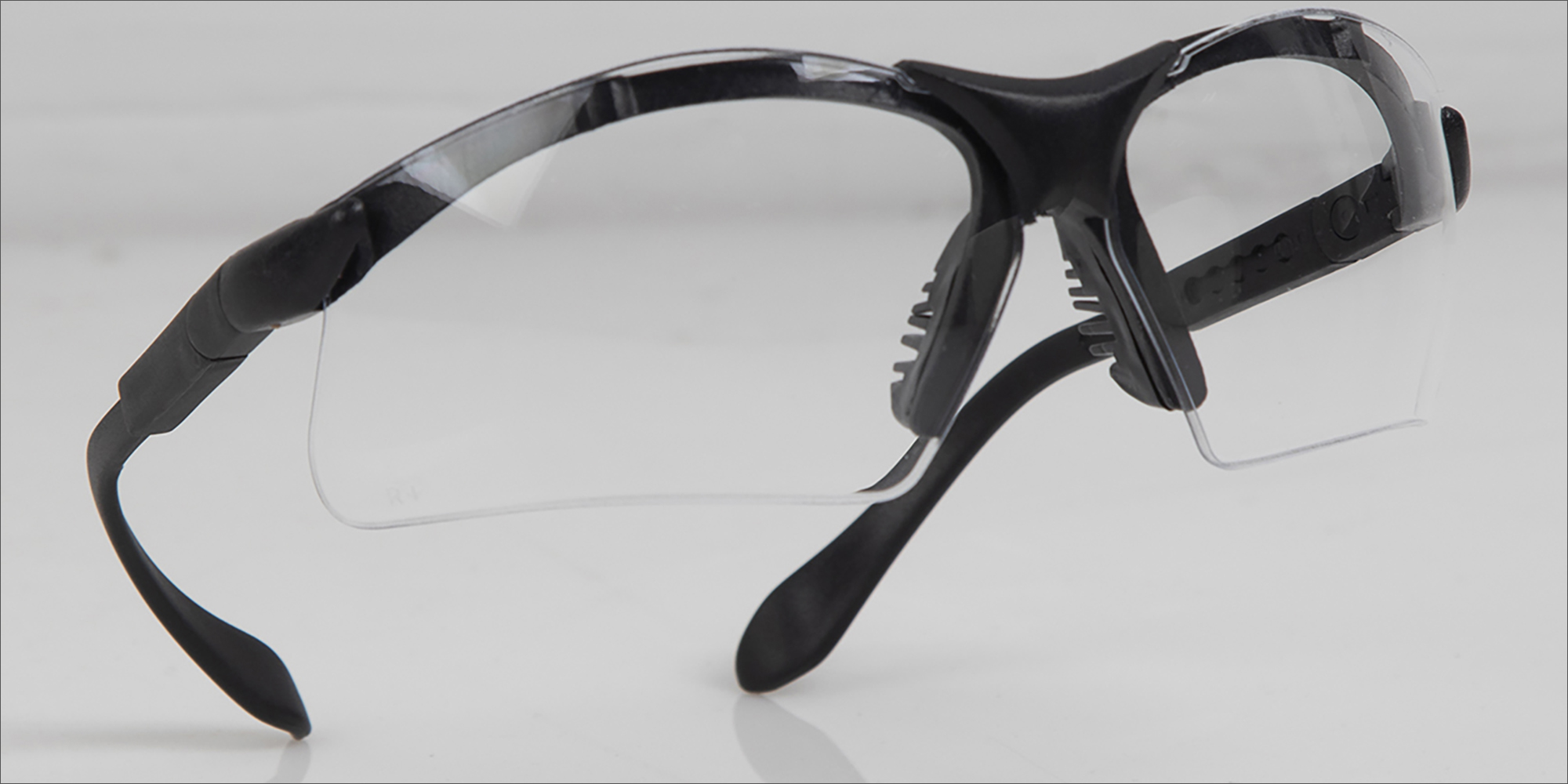
Safety glasses are a key part of reloading ammunition safely. Safety glasses should always have side shields, and we suggest also using an apron to protect against accidental primer explosion. You can use either prescription safety glasses or standard approved safety glasses -- they both offer good functionality and protection.
Always wear safety glasses when loading primers into casings, and make sure to provide safety glasses to any visitors permitted in your reloading area.
2. Avoid Distractions
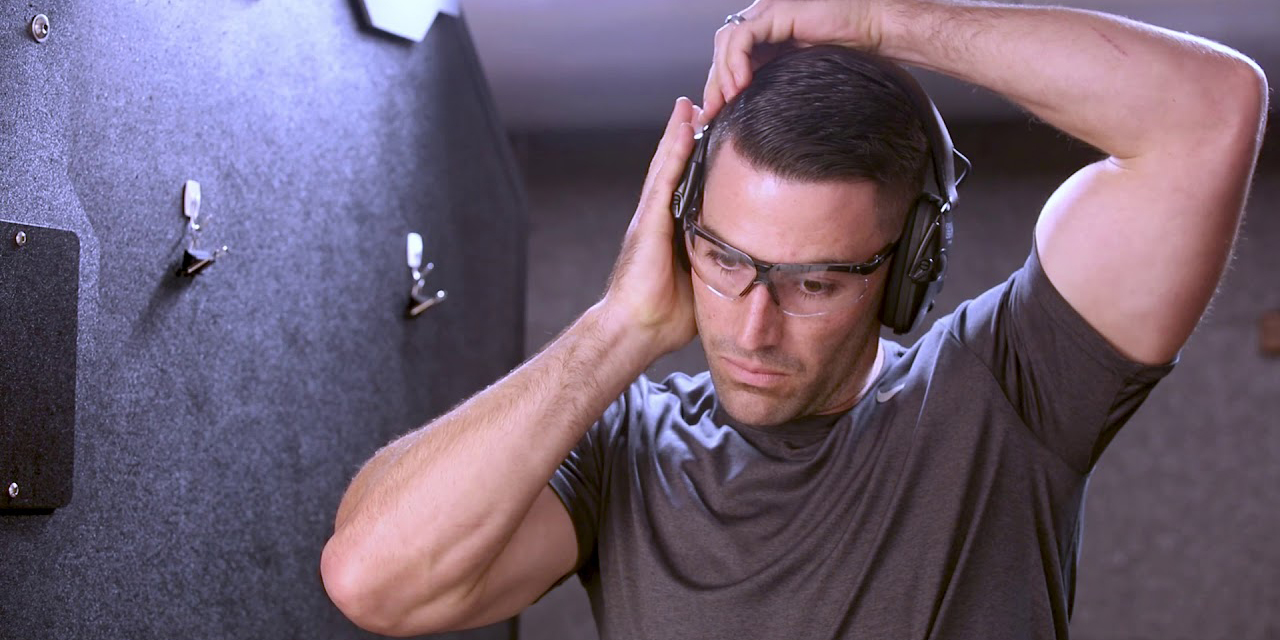
You should only load your rounds at a time when you can give the project your full and undivided attention. Never try to rush, and never try to split your efforts between reloading and another project. Eliminate distractions like TV, visitors, or even music. Pets and family members should not be allowed in your reloading area.
Absolutely never load ammunition when you are under the influence of alcohol or other medicines that can affect your judgment or motor functions.
3. Keep it Clean
All components and parts need to be in their proper places. Spills should be promptly cleaned up, and you should only keep the pieces you require on your work surface. Clean the countertops before reloading -- and after. Do not have different types of powders or primers on the work surface at any time.
Accurately label leftover containers and plastic bullet boxes so that you can avoid accidentally mixing any components. Primers and powders should always be kept in their manufacturer’s original containers whenever possible. If you cannot determine the proper identification of a component, throw it away.
If there is a reason to remove a part from its original container, be sure to return it to that container after you are finished. You should also only have one container of explosives on your bench at any given time.
4. Keep Primers and Powder Safe
Primers and powder need to be kept far away from heat, fire, and electrical power at all times. Of course, this means you should never smoke in your reloading area. These materials must also be kept far out of the reach of children.
Take extra precautions when handling canister tubes, as they can explode if accidentally dropped. Primers should not be kept in primer tubes between one load session and the next.
Regularly verify and check for residue build-up within the tubes. If you find any, be sure to use a narrow brush and wash the tube in water. Ensure that it is thoroughly dry before using it again.
You should also avoid oil application on any primer tube. This will help mitigate residue build-up. Never fill the tubes with excessive pressure. If you find any odd pressure, stop loading and quickly fix the issue before proceeding.
5. Use a Purpose-Built Reloading Scale
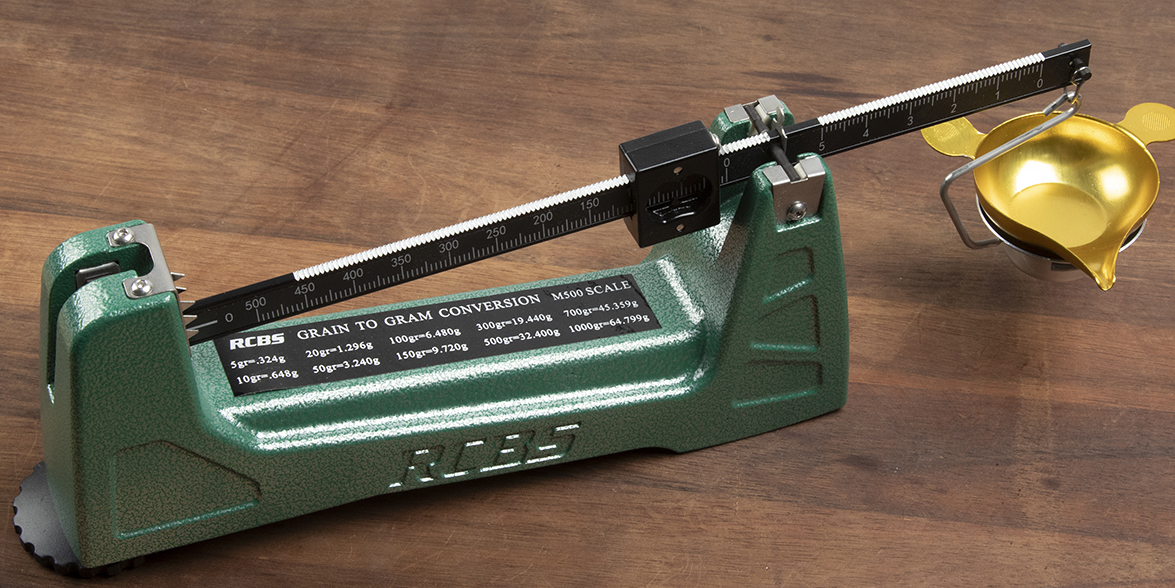
You should never reload without access to a dependable, high-quality reloading scale. Do not use cooking or postage scales -- invest in a scale specifically built for reloading.
Many environmental factors affect scale calibration. It is best to recalibrate your scale before each use, and eliminate all dust and debris from the scale. Always verify the ‘zero’ mark before weighing powder.
6. Avoid Lead Exposure
The metallic lead element can result in congenital disabilities, reproductive issues, or other severe medical problems if excessively exposed.
You can limit exposure by using reload components and gears. Below are some rules that will help limit exposure to lead primers and bullets:
- Carefully wash your hands after handling any ammunition.
- Do not eat or drink during or immediately after reloading, to avoid transferring lead into your body.
- While loading, avoid touching your nose or mouth. Be careful to not inhale dust in the reloading room. Ensure the area is also well-ventilated.
- When vacuuming and emptying any cases, wear a dust mask if possible.
- Regularly clean and dust the reloading area to prevent lead from accumulating. Clean flat surfaces with a damp fabric. Sweep and mop regularly. Do not use carpet in your loading area. Carpet can gather lead residue and can lead to static electricity build-up, which can be very hazardous.
Following these safety tipes will greatly limit your exposure to lead.
7. Follow Reload Data Instructions
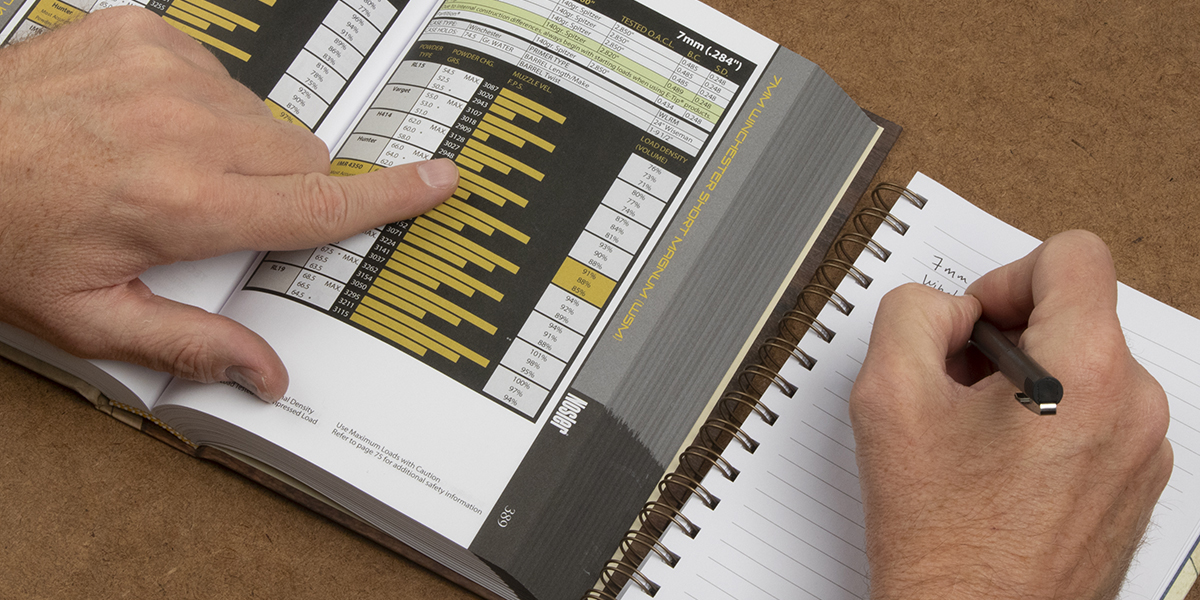
Be sure to carefully read and follow reload data from a reputable source or component manufacturer.
Never begin with the maximum load. Double-check to ensure that your reloading literature is already open to the proper page and cartridge data.
It is crucial to be entirely sure about the load data that you are using. If you use the wrong components or quantities, your weapon could explode in your hand during use. To avoid this danger, carefully select your load and be sure to cross-reference before proceeding.
Begin with the base-level load, and move slowly towards the maximum load. Be sure to test after each stage. This will keep you safe, in case of any unidentified component modifications. Beginners especially should always stick with base or moderate level loads.
Never mix up your explosive components.
8. Use A Powder Check System
It is very important to use a powder check system. There are two types of powder verification procedures -- automated and visual. The automated test has many different types, and you should only rely on the visual inspection if your case is filled more than halfway.
Apart from utilizing a powder check system, be sure to read the reloading gear guide and ensure you carefully have followed all recommended safety practices.
9. Maintain Correct and Readable Records
Proper organization is key to safely reloading your own rounds. We suggest using sticky tags for all components to avoid any confusion. To be even more thorough, consider buying a logbook to help you quickly identify load data.
10. Fasten Equipment to The Work Plane
Be sure to securely fasten all of your reloading equipment to your workspace during use. Some of the heavier pieces can result in serious injury if they fall on your foot.
Beginners should be methodical and take it slow to learn the proper feel of the equipment. This way, it will be easy to tell when/if things feel different.
Although it is easier, do not just use clamps to fasten heavy pieces of equipment. Always follow manufacturer instructions for the secure fastening of equipment to your work surface.